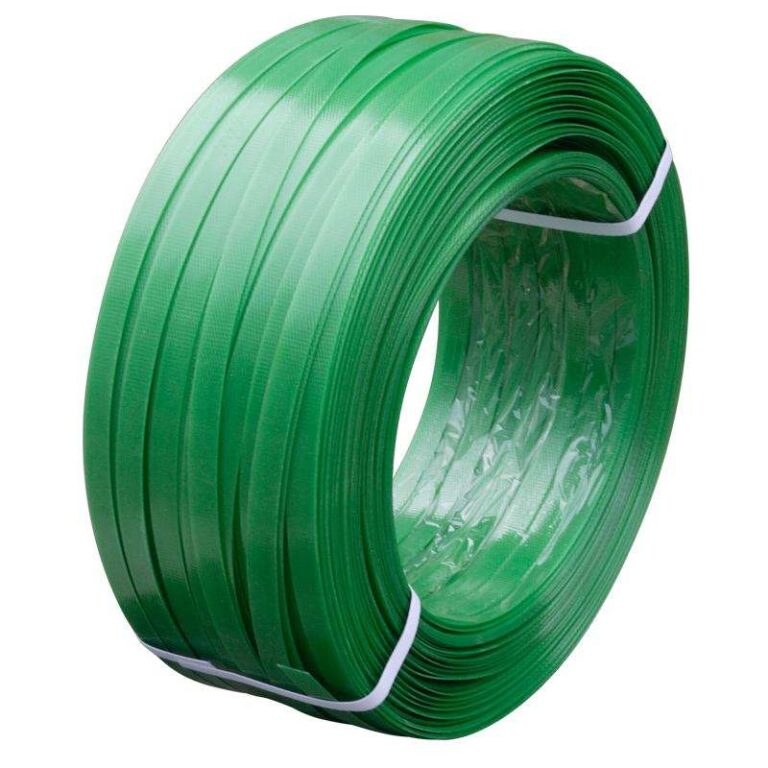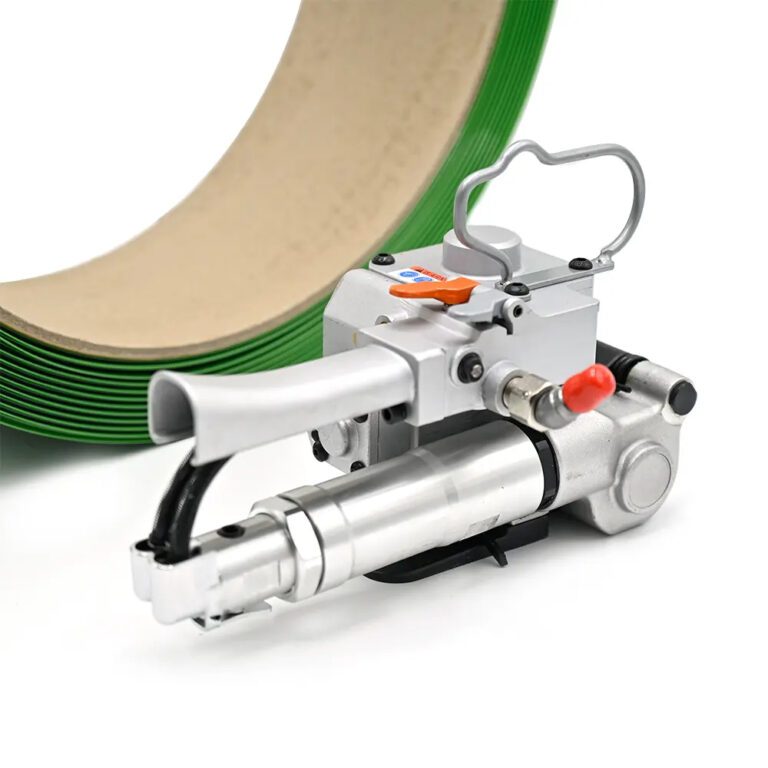WHAT IS STRAPPING?
Strapping is a process whereby a metal or plastic strap is placed around a product or pallet to bundle it, reinforce it, or attach it to something.
The ultimate objective of strapping something is to transport and/or store products/loads quickly and without damage in a safe & efficient way.

Why use strapping?
Examples of concrete applications of strapping are:
Closing boxes and shipment containers
Bundling for handling and shipment: newspapers, tubes, timber, concrete blocks
Attaching/securing items to pallets and crates
Reinforcement of wooden chests, crates and cardboard boxes
Attaching items to flat vehicles, trailers with flat loading platform
Securing unit loads such as bricks, flat glass
Holding together rolls of steel or paper
Lifting aid, e.g. for roof tiles or newspapers
Theft protection, when the strap is removed this is immediately visible

Strapping is suitable for all types of materials, sizes and shapes. Here you can several videos that show how the strapping process works.

Which strap is the most suitable?
PP, PET or steel strap? Which width and thickness? Manual or mechanical strapping? The correct choice depends on various factors, such as:
How heavy is the load and is the load stable or unstable
Does the load deform
How often is it loaded and unloaded
Is the load fragile or is it easily damaged
Where will it be stored: inside or outside, ambient factors
How long will the load be stored
How is the strap applied: manually or mechanically
What is the required capacity in numbers per day
Where does strapping take place, fixed spot or changeable


